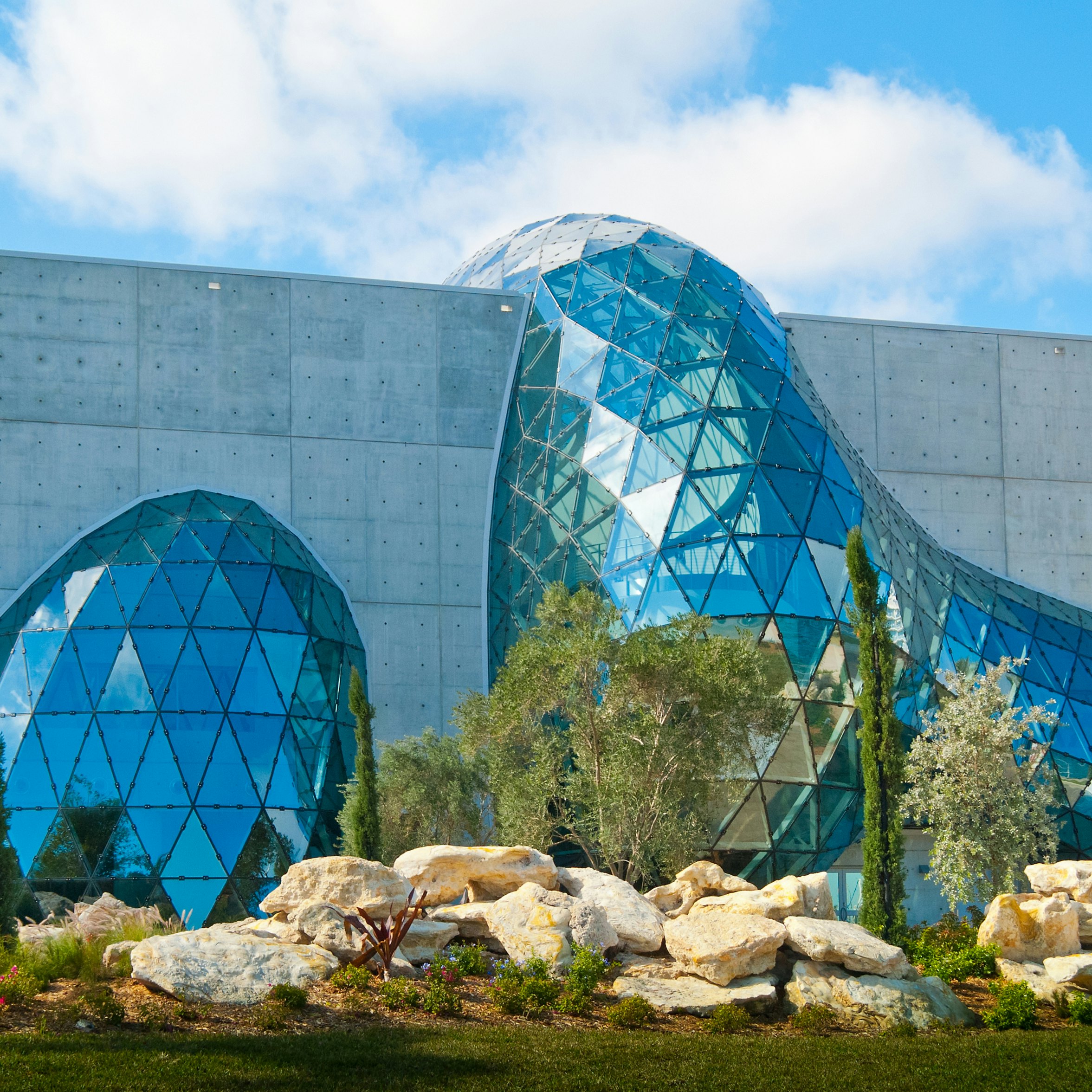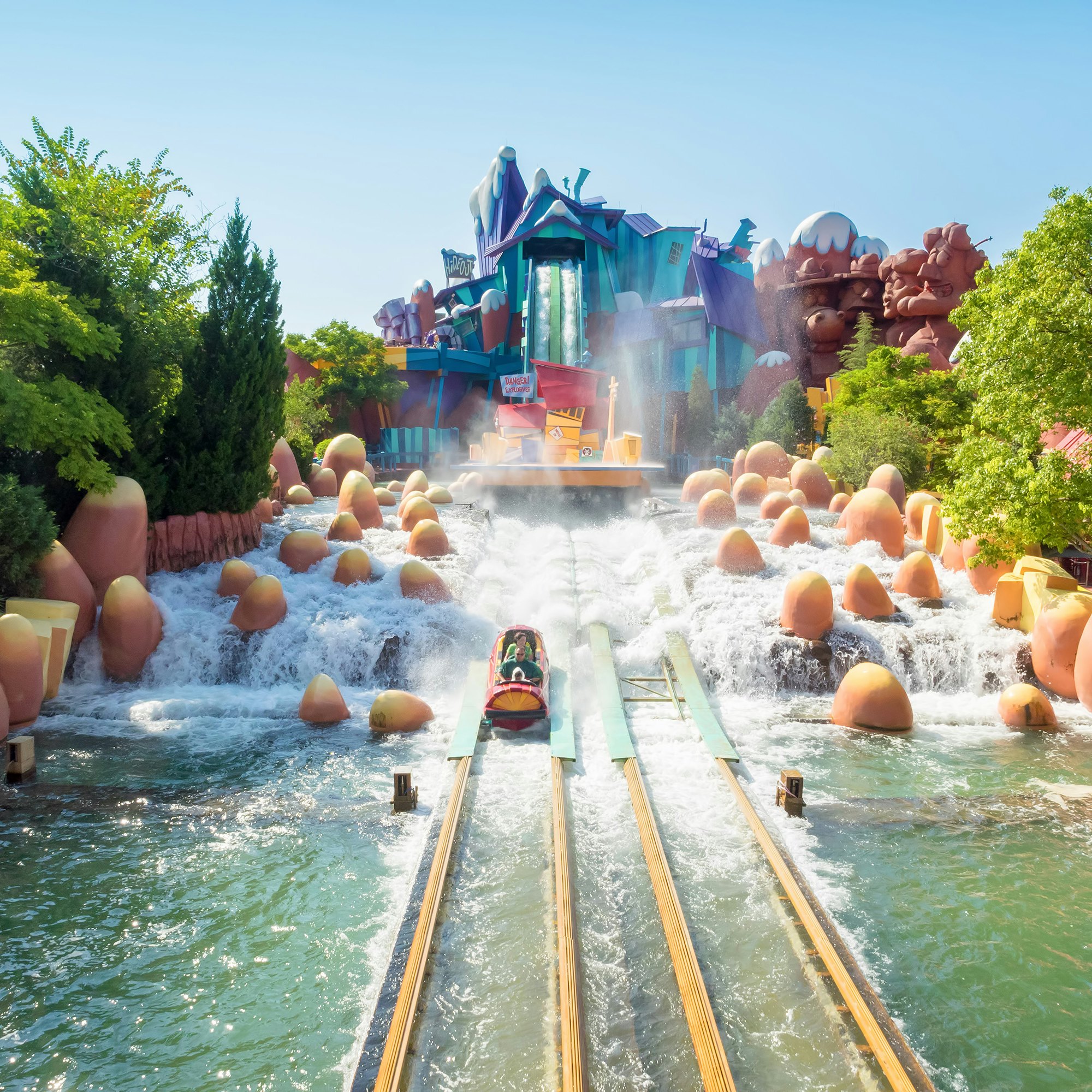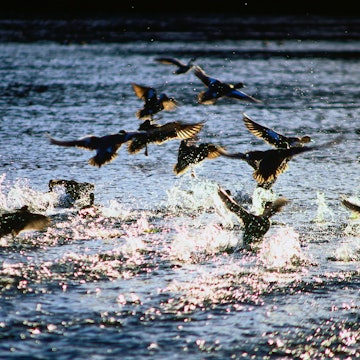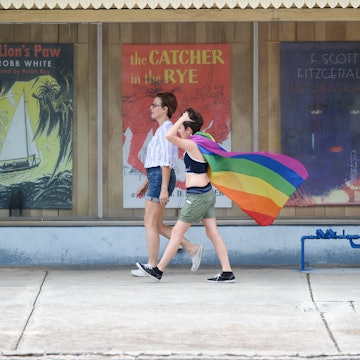
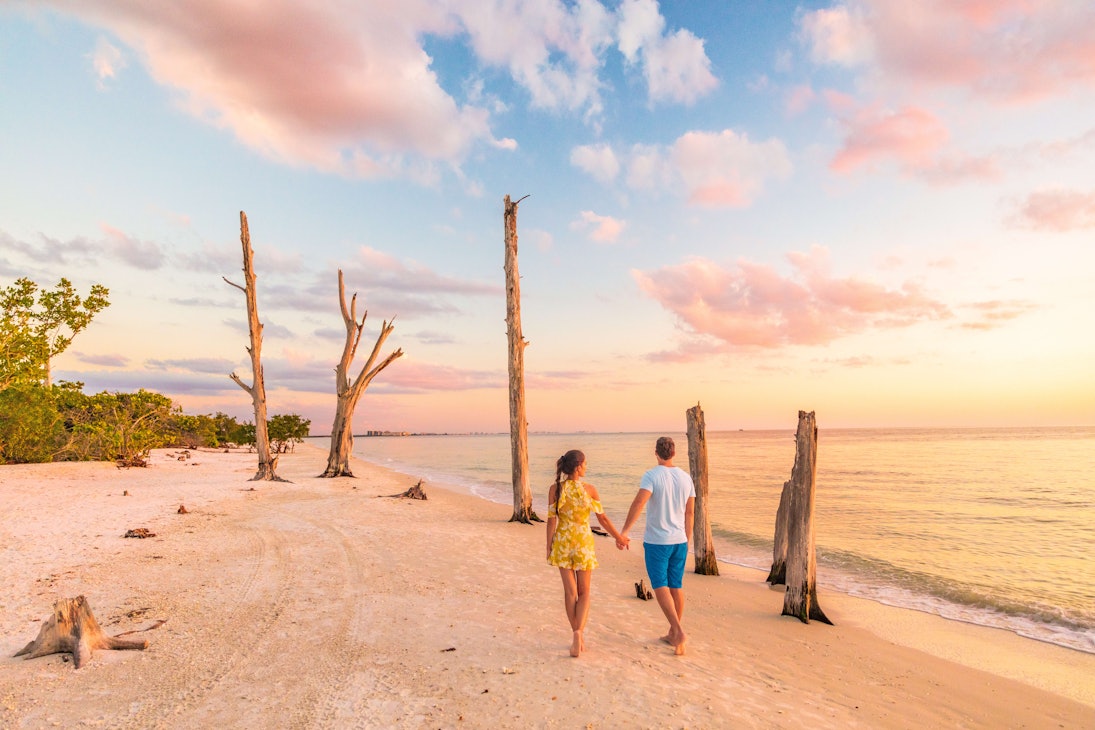
© Maridav / Shutterstock
Overview
The state of Florida is diverse in its gifts, with everything from theme parks and Latin and Caribbean culture to wildlife, wetlands, and, of course, multitudes of beaches.
Leave the planning to a local expert
Experience the real Florida. Let a local expert handle the planning for you.
Must-see attractions
Planning Tools
Expert guidance to help you plan your trip
Best Things to Do
Florida has theme parks, natural wonders and tons of cultural experiences. Here are 13 of our favorite things to do in the Sunshine State.
Read full article
Best Places to Visit
The Sunshine State draws visitors to its beautiful beaches, top shopping, theme parks and cities. Put these 16 spots on your short list.
Read full article
Best Time to Visit
Florida - famous for Disney World and the spring break - is a hugely popular destination. Here's your year-round guide to what's happening when.
Read full article
Things to Know
If you’re planning that big trip to Florida, read our tips on planning, etiquette and health and safety considerations in the Sunshine State.
Read full article
Transportation
Whether you crisscross the state by plane, hop on a train along the southwest coast or Key-hop via water taxi, there are many ways to get around Florida.
Read full article
Free Things to Do
It’s easy to spend a fortune on a Florida vacation. With these top tips, it’s also easy to take in the best of the state for nothing at all.
Read full article
Money and Costs
Stretch your vacation budget in Florida with these money-saving tips.
Read full article
Traveling with Kids
Plan the ultimate family vacation in Florida with these tips for traveling with babies, toddlers, tweens or teens.
Read full article
Best Road Trips
Get to know the Florida Keys by way of the Overseas Hwy (US 1) on this journey through islands of tropical paradise.
Read full article
in partnership with getyourguide








